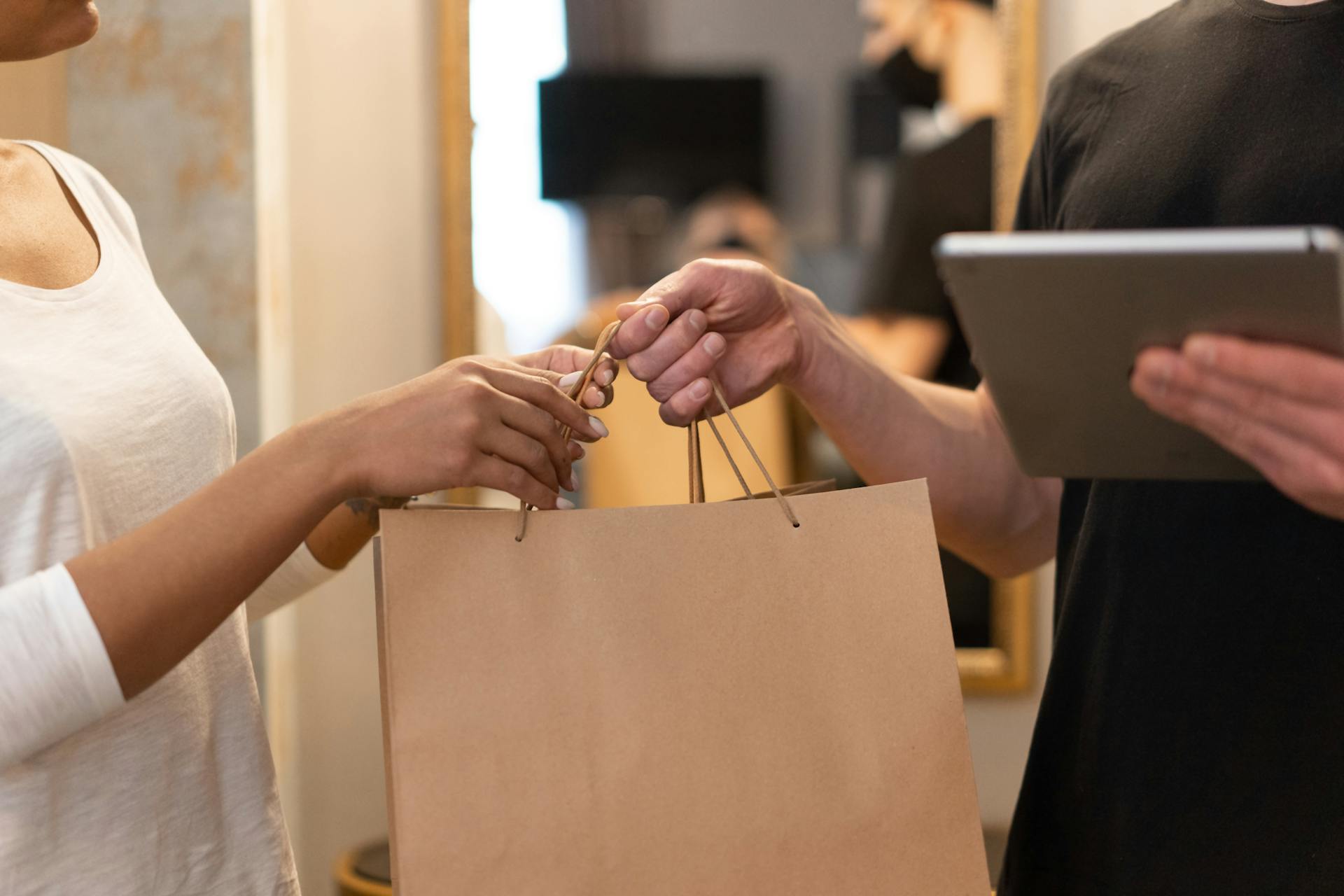Custom packaging serves as both a shield and a canvas for products, playing a crucial role in ensuring items are not only protected but also attractively presented. It is the first interaction consumers have with a product, influencing their perception and intent to purchase.
The dynamic retail environment emphasizes the need for brands to differentiate themselves. With numerous products competing for consumer attention, packaging can serve as a powerful marketing tool, showcasing the uniqueness of each item through colors, designs, and materials.
The Customer Psychology
Understanding customer psychology is critical when developing custom packaging. Research indicates that consumers make quick judgments based on visual stimuli, often within milliseconds of encountering a product.
Attractive packaging can evoke emotions and create associations that prompt purchases. When you see Specialty Custom Bags, whether they are for cannabis, chips, or anything else, the impact of creative design reinforces brand identity while appealing to customer desires. A well-crafted package encapsulates the essence of the product while invoking specific feelings and experiences. Brands can leverage this instinctual response to set their products apart, ensuring they catch the eye of potential buyers as they dominate shelf space.
Types of Custom Packaging
Companies today utilize a range of custom packaging styles, catering to their specific needs and audience. Rigid boxes, flexible pouches, and eco-friendly options are just a few choices that brands might consider. Rigid boxes offer a luxurious feel, often used for high-end products. Their sturdy nature adds protection and conveys quality.
Flexible pouches, commonly used for snacks or liquids, are lightweight and customizable in shape while providing a functional design that often maximizes shelf space. Eco-friendly packaging has seen a surge, driven by conscientious consumer behavior. As society becomes more environmentally aware, many brands have adopted biodegradable materials, showcasing their commitment to sustainability while attracting environmentally-minded consumers.
Brand Storytelling Through Packaging
Packaging is a powerful medium for brand storytelling. Each component, from colors to typography, contributes to the overall narrative a product conveys. Brands can communicate their values and mission directly through the visual language of their packaging. Consider a brand that champions artisanal craftsmanship.

By utilizing rustic designs that reflect handmade techniques, the packaging mirrors the story of quality and uniqueness. This cohesive design not only communicates the brand’s message but also deepens the emotional connection with consumers. When consumers feel part of a story, they form loyalty to the brand, enhancing repeat purchases and long-term commitment.
The Role of Color in Packaging Design
Color influences how customers perceive products almost instantly. Different colors evoke various emotions and associations, ultimately guiding purchasing decisions. A study by the Institute for Color Research found that colors can increase brand recognition by up to 80%.
Red can stimulate appetite and create a sense of urgency, making it a popular choice in food packaging. Blue, on the other hand, conveys trust, making it ideal for brands in the health or technology sectors. Understanding the psychological effects of color helps brands craft attractive packaging that resonates with their audience while reflecting their values.
Influence of Packaging Materials
The material used in packaging is an equally important factor in consumer perception. Different materials can convey various messages about a brand and its product. Glass, for example, is often linked with premium quality, particularly for beverages and cosmetics. In contrast, paper and cardboard may suggest eco-friendliness and approachability, appealing to consumers looking for sustainable options.
Innovative materials, such as biodegradable plastics and recycled content, are paving the way for brands eager to reduce their environmental impact. This trend aligns with the increasing consumer demand for sustainability, bridging the gap between functional packaging and eco-conscious practices.
Companies adopting these materials not only demonstrate corporate responsibility but also appeal to a growing market of environmentally aware customers. Advancements in material science are making these sustainable options more cost-effective and accessible for businesses of all sizes.
Customization and Personalization Trends
The movement toward customization and personalization extends beyond just the product itself; it flows into how customers receive their goods. Brands are exploring ways to tailor their packaging to enhance user experience. Personalized packaging can make an ordinary product feel special and exclusive, which fosters a more significant emotional connection.
Trends such as limited-edition designs and seasonal themes further engage customers, making them more likely to share their purchases online. This social media engagement can amplify a product’s reach, as consumers interact with the brand’s story in a personalized manner. As brands explore these avenues for customization, they tap into a unique aspect of customer behavior, turning interactions with packaging into memorable experiences.
The effective design of custom packaging has the power to elevate brands in a crowded marketplace. As companies continue to innovate and align their packaging with consumer preferences, those that focus on psychology, material selection, storytelling, and personalization will stand out.


